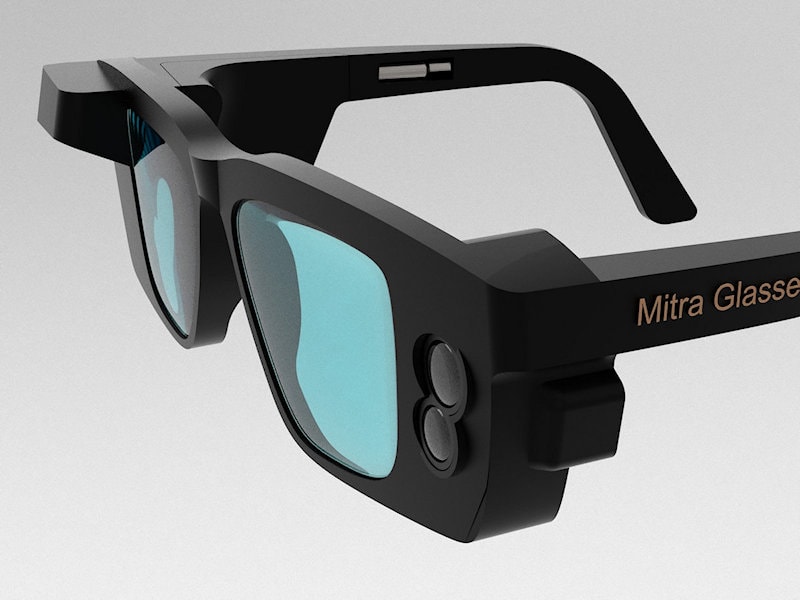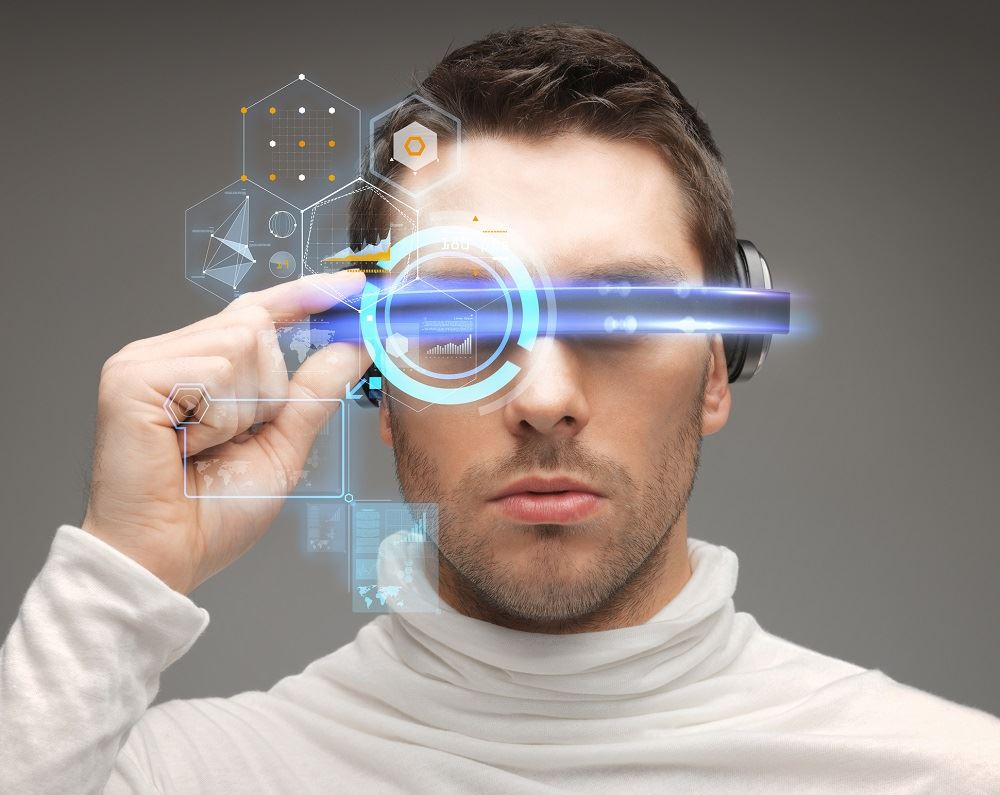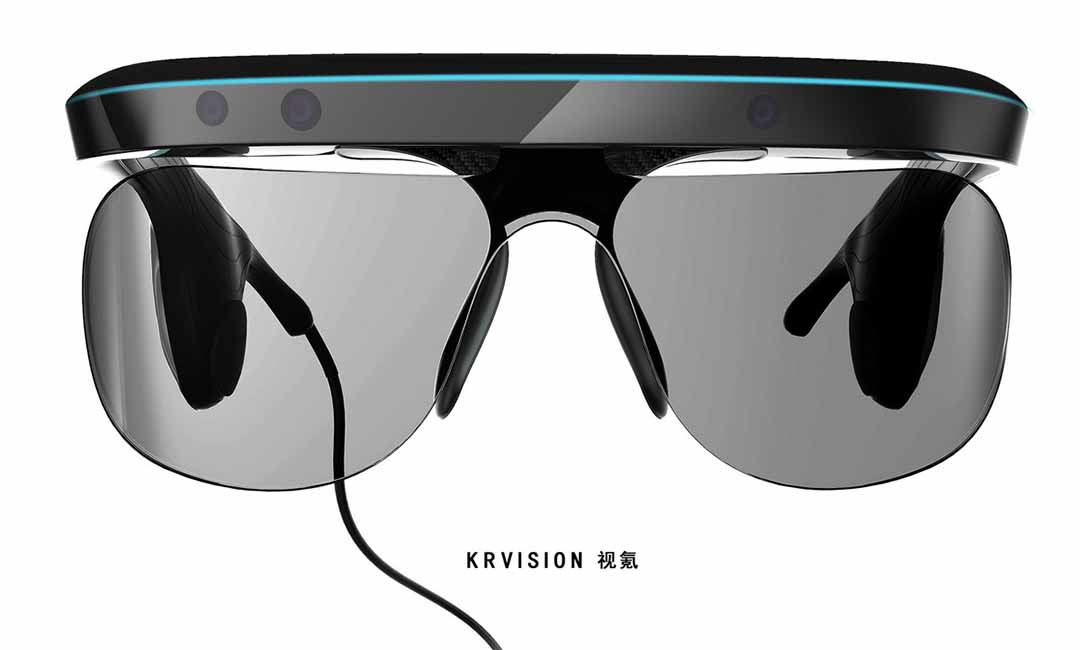Empowering Self-reliance With Assistive Modern Technology for the Blind
The integration of assistive modern technology for individuals that are blind or visually damaged represents a substantial development in fostering freedom and boosting lifestyle. With a variety of devices-- from screen readers to ingenious responsive tools-- these innovations not only help with navigation and interaction but likewise promote social incorporation and participation in various elements of life. As we explore the diverse sorts of assistive tools and their real-world applications, it becomes clear that the impact is profound. The advancement of this modern technology raises crucial concerns concerning ease of access and future advancements that call for additional assessment.
Recognizing Assistive Innovation
Although assistive innovation has progressed substantially over the years, its basic purpose continues to be the exact same: to improve the lifestyle for individuals with impairments, particularly those that are blind or aesthetically damaged. This technology incorporates a broad variety of devices and gadgets that facilitate freedom and functionality in daily tasks.
Assistive innovation can be categorized right into low-tech and sophisticated services, each designed to fulfill particular demands. State-of-the-art devices usually consist of software application applications, specialized hardware, and flexible tools that use sophisticated technology to give support in numerous contexts. On the other hand, low-tech services might involve everyday things that are changed to improve access, such as magnifiers or tactile pens.
The combination of assistive technology right into the lives of people who are blind or aesthetically hindered not just promotes autonomy however likewise fosters social addition and engagement in educational and expert environments. By leveraging these innovations, customers can navigate their environments, access info, and connect effectively, therefore improving their general quality of life. Comprehending assistive modern technology is essential for advocates, caregivers, and experts that aim to support individuals in maximizing their prospective and accomplishing higher freedom.
Kinds of Assistive Instruments
Assistive devices for the blind and visually impaired are essential tools that enhance daily obeying attending to certain obstacles run into by customers. These tools can be generally classified right into three main types: optical devices, electronic devices, and sensory devices.

Sensory gadgets, such as Braille screens and tactile maps, supply different methods to obtain information. Braille presents convert digital message into Braille, allowing customers to read via touch. Tactile maps offer spatial understanding via increased lines and appearances, enabling for far better environmental understanding.
With each other, these assistive devices equip people with visual disabilities to involve even more fully with their surroundings, advertising better self-reliance and self-confidence in daily activities.

Influence on Daily Life
The assimilation of assistive innovation right into the everyday lives of individuals that are visually impaired or blind significantly improves their ability to interact and navigate with the globe around them. Devices such as display readers, Braille presents, and mobile applications help with accessibility to information, enabling customers to engage with electronic content, interact properly, and manage everyday jobs independently.
Moreover, technologies like wise glasses and navigating apps provide real-time help in strange environments, enhancing mobility and confidence. These devices make it possible for users to determine barriers, read indications, and also identify faces, hence fostering a sense of freedom in public rooms. Additionally, home automation systems, which can be managed with voice commands, permit people to manage their living environments better, boosting comfort and safety.
The effect of assistive innovation expands past sensible jobs; it promotes social inclusion and emotional wellness. By connecting the space in between individuals and their surroundings, these innovations encourage individuals to get involved completely in area activities, seek educational opportunities, and participate in meaningful connections. Eventually, the improvement of assistive innovation is important in redefining the possibilities for individuals who are visually damaged or blind, causing a much more obtainable and comprehensive culture.
Success Stories and Testimonies

An additional effective endorsement originates from Mark, a current university grad that used click this screen reading software application throughout his academic journey. This technology enabled him to access course materials and join conversations, inevitably causing his successful change right into the labor force. Mark credit ratings assistive technology for equipping him to accomplish his profession goals, emphasizing its role in leveling the having fun area for individuals with visual impairments.
In addition, area facilities have reported increased participation in their programs many thanks to the intro of available digital systems. These systems have made it less complicated for people to link, share resources, and assistance one another. These success stories jointly highlight the profound result of assistive innovation in fostering freedom, improving lifestyle, and breaking down obstacles for the blind and visually damaged community.
Future Patterns in Assistive Technology
Emerging innovations are poised to change the landscape of assistive tech for people that are blind or visually damaged. Developments in fabricated intelligence Click Here (AI) and artificial intelligence are enhancing the capacities of devices, making it possible for even more intuitive individual experiences. As an example, AI-driven applications are significantly able to check out and recognize items message aloud in real-time, giving users with useful info regarding their environments.
In addition, improvements in wearable technology are developing brand-new opportunities for self-reliance. Smart glasses equipped with augmented reality functions can overlay crucial info onto the user's field of vision, facilitating navigation and interaction with the atmosphere. The combination of Web of Things (IoT) gadgets is enhancing availability in clever homes, permitting customers to regulate devices and obtain alerts with voice commands or responsive user interfaces.
The advancement of braille screens and tactile feedback systems is also rising, promoting accessibility to electronic material and improving communication. As these modern technologies proceed to advance, they assure to improve everyday living, academic chances, and employment prospects for people with visual impairments. Continuous partnership between engineers, customers, and advocacy groups will certainly be essential in making certain these developments fulfill the needs of the neighborhood effectively.
Verdict
To conclude, assistive modern technology plays a critical duty in improving the independence of individuals that are aesthetically damaged or blind. By supplying vital tools and resources, these innovations facilitate boosted communication, gain access to, and navigation to information, thereby cultivating freedom and self-esteem. The transformative influence of assistive gadgets not only promotes efficient communication with Full Article the environment but likewise motivates social inclusion and participation in different facets of life, inevitably empowering users to flourish within their areas.
The assimilation of assistive innovation for individuals who are visually impaired or blind represents a substantial improvement in cultivating independence and enhancing high quality of life.The assimilation of assistive technology into the lives of individuals that are blind or visually harmed not just advertises freedom however additionally fosters social inclusion and engagement in educational and specialist environments. Inevitably, the development of assistive innovation is critical in redefining the opportunities for people who are blind or visually impaired, leading to a much more inclusive and obtainable society.
Lots of people that are blind or aesthetically impaired have actually shared inspiring success stories that highlight the transformative impact of assistive modern technology on their lives.In verdict, assistive technology plays a critical role in enhancing the freedom of people who are visually damaged or blind.